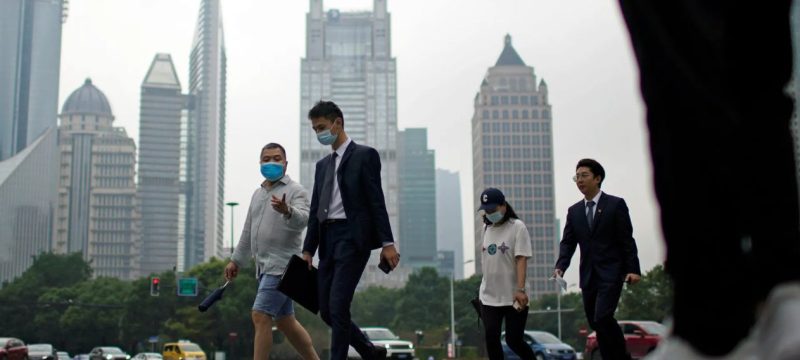China, the world’s second-largest economy, is facing a silent but severe economic crisis — one not triggered by external shocks or geopolitical tensions, but by a self-perpetuating cycle of ruthless internal competition. This relentless race for dominance across industries is eroding corporate profits, crushing worker morale, and fueling a dangerous deflationary spiral that threatens to undermine long-term economic stability.
A Race to the Bottom
For decades, China’s economic model was defined by rapid industrialization, low-cost manufacturing, and intense productivity-driven competition. But what once fueled the nation’s meteoric rise has now become a burden. Companies are under relentless pressure to outpace their rivals, slashing prices, cutting wages, and squeezing profit margins to unsustainable levels.
In industries like electric vehicles, technology, consumer electronics, and e-commerce, thousands of firms compete on razor-thin margins. This hyper-competitive environment, often encouraged by state-backed incentives and subsidies, has led to oversupply and falling prices — a combination that is steadily pushing the economy toward deflation.
Deflation: A Looming Economic Threat
Deflation — a sustained drop in prices — might sound beneficial to consumers at first. But economists warn it can paralyze economic activity. When prices and wages fall, consumers delay spending, businesses cut back on investment, and debts become harder to repay.
In China, consumer prices have been slipping for months, while producer prices — the cost of goods leaving factories — have remained in negative territory. This means companies are earning less even as they produce more. The result: a downward economic spiral where competition destroys profits, forcing further cost-cutting and layoffs, which in turn reduce spending power and demand.
Workers Caught in the Crossfire
While corporations struggle to maintain profits, the human cost of this competition has been staggering. The pressure to perform has created an exhausting “rat race” culture, where employees face excessive work hours and declining job security. The notorious “996” work schedule — 9 a.m. to 9 p.m., six days a week — has become a symbol of China’s overworked white-collar class.
This intense work culture, coupled with limited wage growth and mounting living costs, has left younger generations disillusioned. Many are rejecting the old promise of hard work equating to success, giving rise to social phenomena like “lying flat” (tang ping) — a quiet protest against burnout and endless competition.
Corporate Chaos and Shrinking Margins
China’s tech and manufacturing sectors — once global powerhouses — are particularly hard hit. In the electric vehicle market, dozens of companies are locked in a price war sparked by Tesla’s aggressive discounting and BYD’s expansion. Similar battles are playing out in the smartphone and e-commerce industries, where even giants like Alibaba and JD.com are reporting thinner profits amid fierce rivalry.
Analysts warn that this over-competition not only drains corporate resources but also deters innovation. “When every company is fighting for survival, there’s little room for research, creativity, or long-term strategy,” said one Shanghai-based economist. “It’s survival of the cheapest, not the smartest.”
A Deflationary Spiral With Global Repercussions
China’s deflationary pressures are not confined within its borders. As the world’s largest exporter, China’s falling prices could spill over into global trade, suppressing inflation elsewhere and affecting multinational supply chains.
Moreover, persistent deflation could weaken China’s domestic demand, reducing imports from trading partners like Japan, Germany, and South Korea — nations heavily reliant on Chinese consumption.
Can Beijing Break the Cycle?
The Chinese government has acknowledged the risks but remains cautious in its approach. Efforts to boost consumer spending, support the private sector, and stabilize the housing market are ongoing, but structural challenges run deep. The dominance of state-owned enterprises, limited household income growth, and excessive industrial subsidies all contribute to the problem.
Economists suggest that China must rebalance its economy away from investment-led, export-heavy growth toward greater domestic consumption and innovation. Without such reforms, the cycle of overproduction and under-consumption may continue to erode the very foundations of the nation’s economic power.
The Bottom Line
China’s cutthroat competition — once a source of pride and power — is now turning into a double-edged sword. As companies underbid each other into bankruptcy and workers struggle under immense pressure, the world watches closely to see whether Beijing can rein in the chaos before it derails the country’s economic ambitions.
If unchecked, the nation’s “race to the bottom” could become one of the greatest self-inflicted economic wounds in modern history — a cautionary tale for every fast-growing economy chasing relentless expansion without balance.
In other news also read about China’s Population Decline Sparks Concerns Over Global Economic Impact









